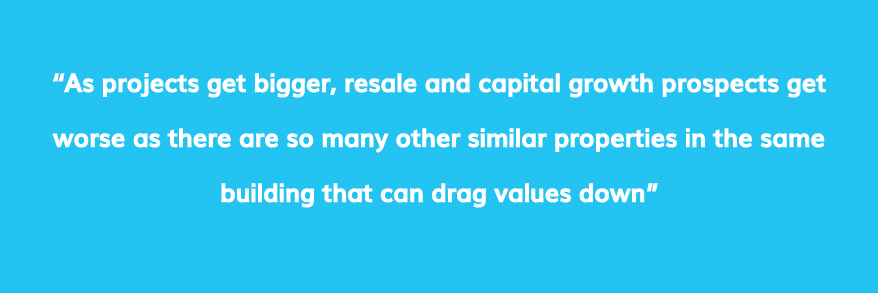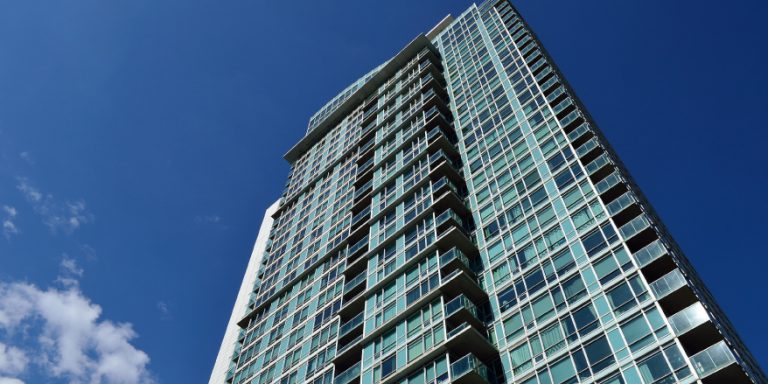There are so many different types of properties that selecting the right one to invest in can be difficult. Not knowing much about the area you’re looking in or receiving mixed messages from armchair experts can make it all the more difficult. There are, however, some specific property types I suggest you avoid altogether, as they are simply a very bad choice or are very high-risk investments.
One of the key things to remember is, just because a property has good cash flow, doesn’t mean it’s a good investment property. The whole point of investing is to achieve capital growth. Cash flow just allows you to hold onto the property whilst it grows in value for you. My advice is not only based on my personal opinion but Australia’s biggest banks also have concerns with the majority of the below property types and will restrict lending levels on them. I always say that if the banks are wary and don’t want to lend on a particular property type, you should steer clear, as they have access to far more property and mortgage-related data than anyone else!
Mining towns
Mining towns are some of Australia’s most highly volatile and controversial property markets. These towns rely heavily on both investors and the mining industry and property markets can literally collapse overnight when a mine shuts or scales down and do not have diverse economies to prop up their property markets. Examples areas include Emerald and Roma in QLD and Port Hedland in WA.
Department of Defence Housing (DHA)
Yes, these properties may seem attractive on the surface with long leases and generally no ongoing maintenance costs, however, they have huge management expenses. They generally need to be offered up for sale to defence housing first, instead of being open to the general and are only located in areas that require housing for defence personnel. This may not necessarily be the best place to invest in. Avoiding this type of property can save you a whole lot of headaches in the long run.
Student accommodation
Another property to avoid is student accommodation. Most banks have a minimum limit on the size of a property before they will lend on it. This is about 45m2 for a one bedroom apartment. Student accommodation is often much smaller than this, so bank financing is terribly difficult. Not to mention the fact that these properties only appeal to a certain (small) segment of the market as they can only be occupied by a student and often have complex lease arrangements attached.
Serviced apartments
With these types of properties, an operator is engaged to look after the building and manage the property. This means that you are reliant on them and cannot change companies, as the management rights form part of the ownership. The management fees are also very high which can dilute what often looks like great cash flow, they have an extremely limited resale market and rely on tourism and strong economic conditions to drive occupancies.

Large “off the plan” projects
As projects get bigger, resale and capital growth prospects get worse as there are so many other similar properties in the same building that can drag values down. Not to mention that the land content (the component of the property that actually grows in value) is very low. Banks also restrict their lending in large developments for fear of over-exposing themselves in a particular building.
A property with title issues
This only affects a very small percentage of properties. However, making a mistake here can be extremely costly. Part of your solicitor’s role is to check the Title for the property and let you know if there are any covenants, easements, overlays or outdated title structures that could restrict you from selling or making changes to the property in the future. Some examples of this might be apartments with Company Share Title (banks will restrict their lending on these properties) or a Heritage overlay on a house which might mean you must renovate or improve the property in accordance with heritage conditions; this can add tens, sometimes hundreds of thousands of dollars to the cost of a renovation or addition to the property.
You can probably see a recurring theme here, the best types of properties are those that will appeal to both an investor and an owner-occupier, so don’t limit yourself to a small segment of the market by purchasing one of these property types, it’s just not worth the risk. Being aware of the types of properties to avoid to get the best value from your investment.
For advice with your next property purchase, contact the friendly team at Inovayt today.



